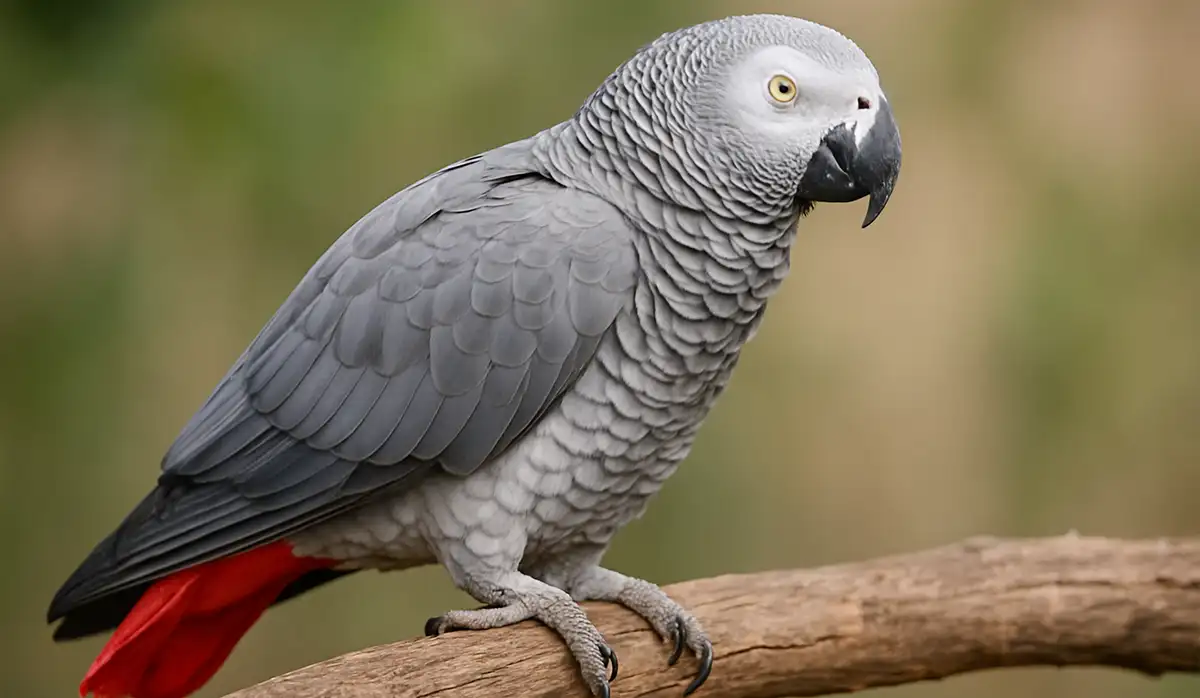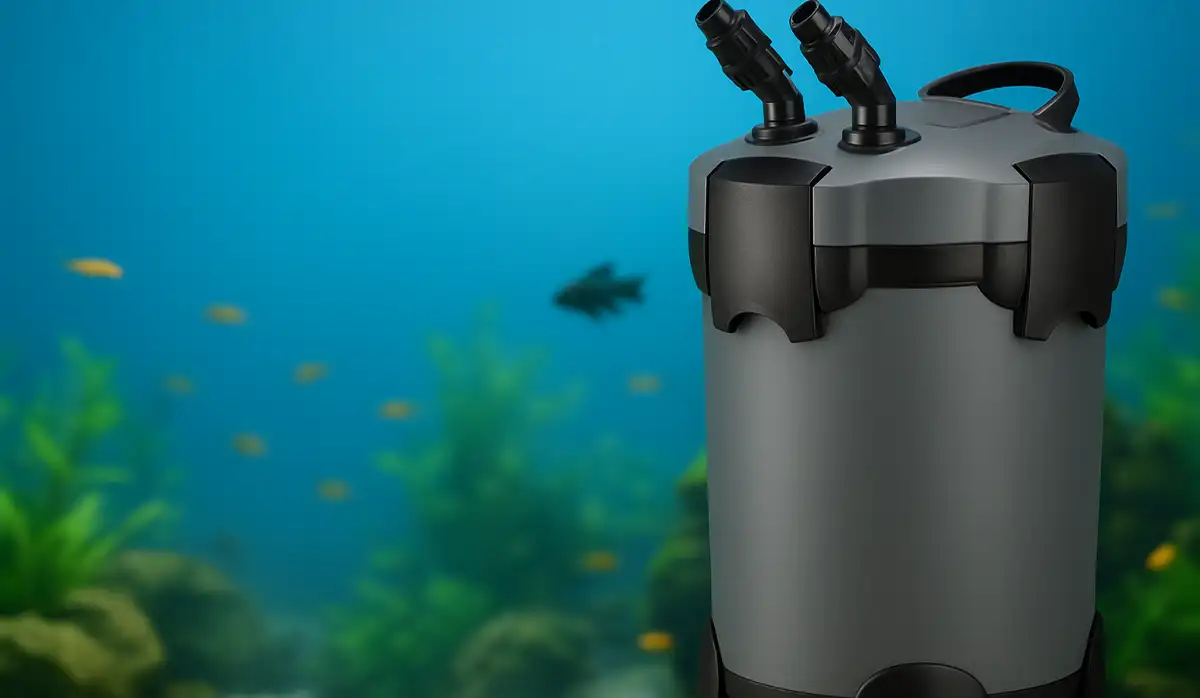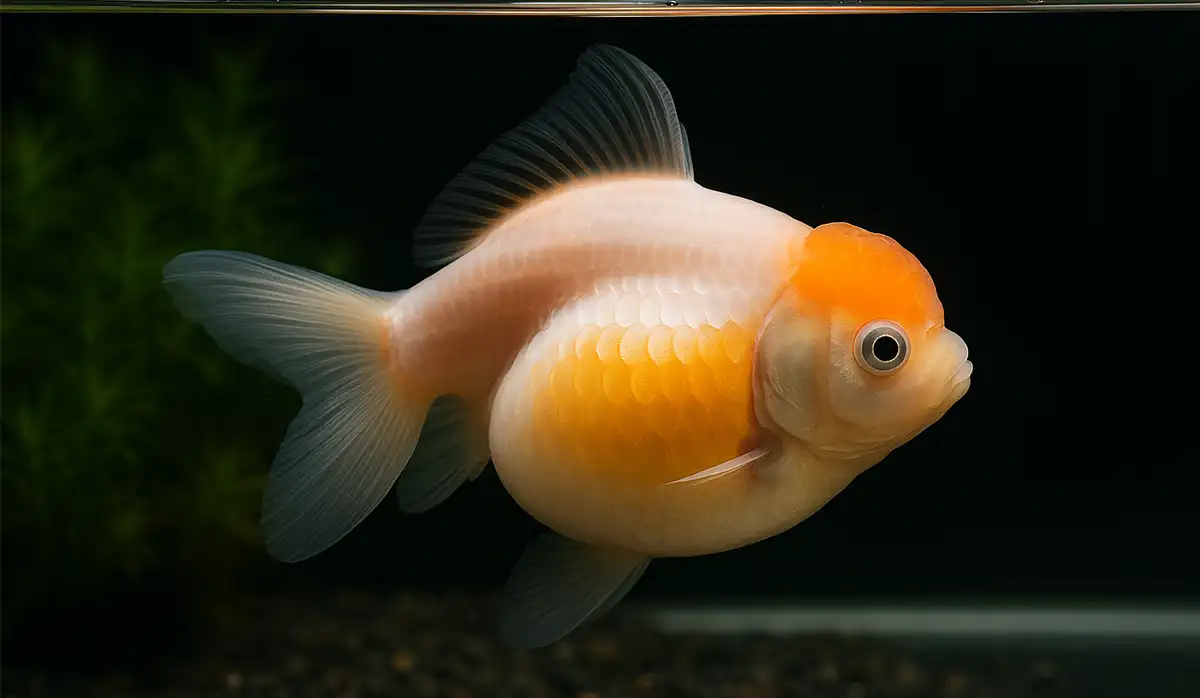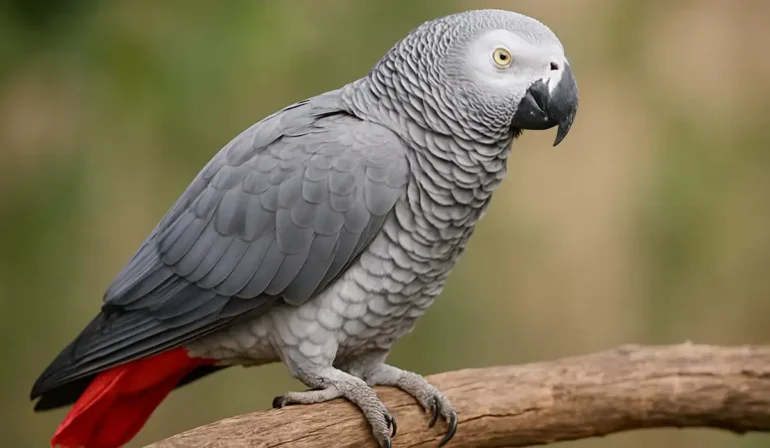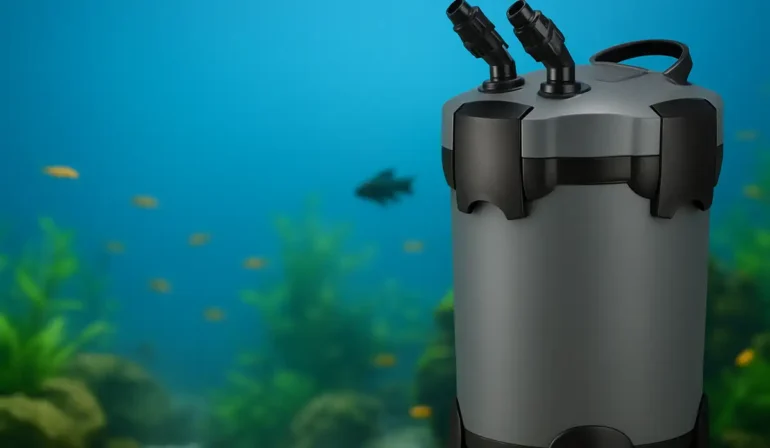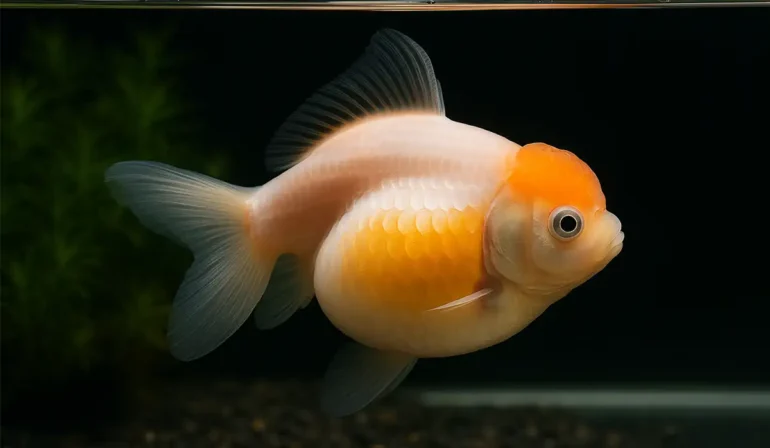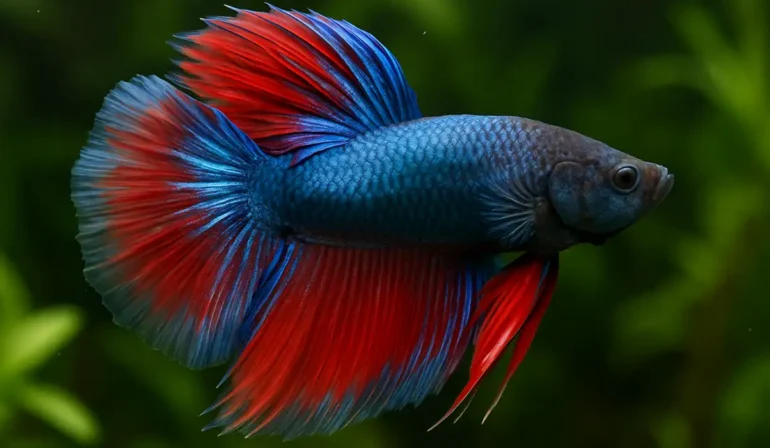Giant Alaskan Malamute: The Ultimate Guide to This Majestic Breed
By Pet Luvz on March 27, 2025

Introduction
The Giant Alaskan Malamute is a magnificent, powerful, and loyal breed that captivates dog lovers worldwide. Known for their impressive size, strength, and wolf-like appearance, these dogs have a rich history and unique characteristics that make them stand out. But what exactly sets the giant variety apart from the standard Alaskan Malamute? Let’s dive deep into everything you need to know about this incredible breed.
Table of Contents
Origin and History
The Alaskan Malamute traces its origins back to Alaska, where they were bred by the native Mahlemut people. These dogs played a crucial role in transportation, pulling heavy sleds across vast icy terrains. Over time, selective breeding led to the development of the Giant Alaskan Malamute, bred specifically for even greater strength and endurance.
Unlike other sled dogs, which were bred for speed, Malamutes were bred for their ability to pull extremely heavy loads over long distances. Their resilience made them a crucial part of daily survival for the Mahlemut people. During the Klondike Gold Rush of the late 19th century, these dogs became highly sought after, leading to various breeding programs that further refined their size and capabilities.
Today, the Giant Alaskan Malamute is cherished for its rich history and working heritage, often participating in modern-day sled races, weight-pulling competitions, and even search and rescue missions in extreme conditions. Learn more about the history of Malamutes here.
Physical Characteristics
The Giant Alaskan Malamute is one of the most strikingly powerful dog breeds. Their physical attributes are designed for endurance, strength, and survival in harsh Arctic conditions.
- Size & Weight: Males can weigh between 100 to 150 pounds, while females range from 90 to 120 pounds. They stand around 25 to 35 inches tall at the shoulder, making them significantly larger than standard Malamutes.
- Coat & Color: They have a thick, double-layered coat designed for insulation against the cold. Their coats come in various shades, including black, gray, sable, and red, often combined with white markings on their face, legs, and underbelly.
- Distinctive Features: They possess large, powerful paws, a broad chest, and a bushy tail that often curls over their back. Their strong, muscular build enables them to pull heavy sleds and withstand extreme temperatures.
- Facial Expressions: Their expressive almond-shaped eyes can range from brown to hazel, exuding intelligence and alertness. Their erect, triangular ears give them an alert and attentive look.
- Nose and Muzzle: Their strong, broad muzzle and black nose contribute to their wolf-like appearance.
This breed’s powerful structure and weather-resistant coat make them well-suited for cold environments, but they require specific care in warmer climates. Learn more about their physical traits and care here.
Temperament and Personality
Giant Alaskan Malamutes are known for their loyal and affectionate nature. Despite their intimidating size, they are gentle giants, forming strong bonds with their families. They do well with children and other pets if properly socialized. However, their independent streak makes training essential from an early age. Check out expert training tips here.
Exercise and Activity Needs
Activities like hiking, weight pulling, and long walks help keep them physically and mentally stimulated. Explore the best exercise routines for large dogs.
Diet and Nutrition
Due to their size, a balanced diet is essential. High-protein, nutrient-dense meals work best. Common feeding mistakes include overfeeding, leading to obesity, and feeding the wrong portions, which can result in digestive issues. They require 2-3 meals per day, and their diet should include lean meats, healthy fats, and carbohydrates for sustained energy. Get veterinarian-approved feeding guidelines here. For more pet care tips, visit PetLuvz.
Grooming and Maintenance
- Shedding: Expect heavy shedding, especially during seasonal changes. Brush their coat at least 3-4 times a week to minimize loose fur and prevent matting.
- Bathing: Needs a bath every 6-8 weeks to maintain cleanliness without stripping natural oils.
- Nail & Dental Care: Regular trimming and dental checkups prevent health complications.
- Paw Care: Keep their paws moisturized, especially during winter to prevent cracking.
Check out grooming tips from the AKC.
Conclusion
The Giant Alaskan Malamute is a devoted companion but requires commitment. They are best suited for experienced dog owners who can meet their exercise and care needs. If you’re considering adopting one, ensure you have the time, resources, and space to provide a loving home. Learn more about responsible pet ownership here.
FAQs
- Are Giant Alaskan Malamutes good family pets? Yes, they are loyal and affectionate, making great family pets. However, they require proper training and socialization.
- How much space do they need? These dogs thrive in large spaces with plenty of room to roam. Apartment living is not ideal for them.
- Can they live in hot climates? They prefer colder climates due to their thick coat. If living in a warm region, ensure they have ample shade and hydration.
- How often should they be groomed? Regular brushing is required at least 2-3 times a week, with more frequent grooming during shedding seasons.
- What is their lifespan? The average lifespan of a Giant Alaskan Malamute is 10-12 years, depending on genetics and care.
YOU MAY ALSO LIKE
Top Pick
-

African Grey Parrot: A Smart, Loving, and Talkative Companion
July 22, 2025
-

5 Best Canister Filters for Crystal Clear Water in Your Pet Fish Tank
July 8, 2025
-

Is Pumpkin Good for Cats? Everything You Need to Know
July 5, 2025
-

Swim Bladder Treatment: Solutions for Aquarium Fish Health
July 3, 2025
-

7 Fascinating Betta Fish Facts Every Owner Should Know
July 2, 2025
